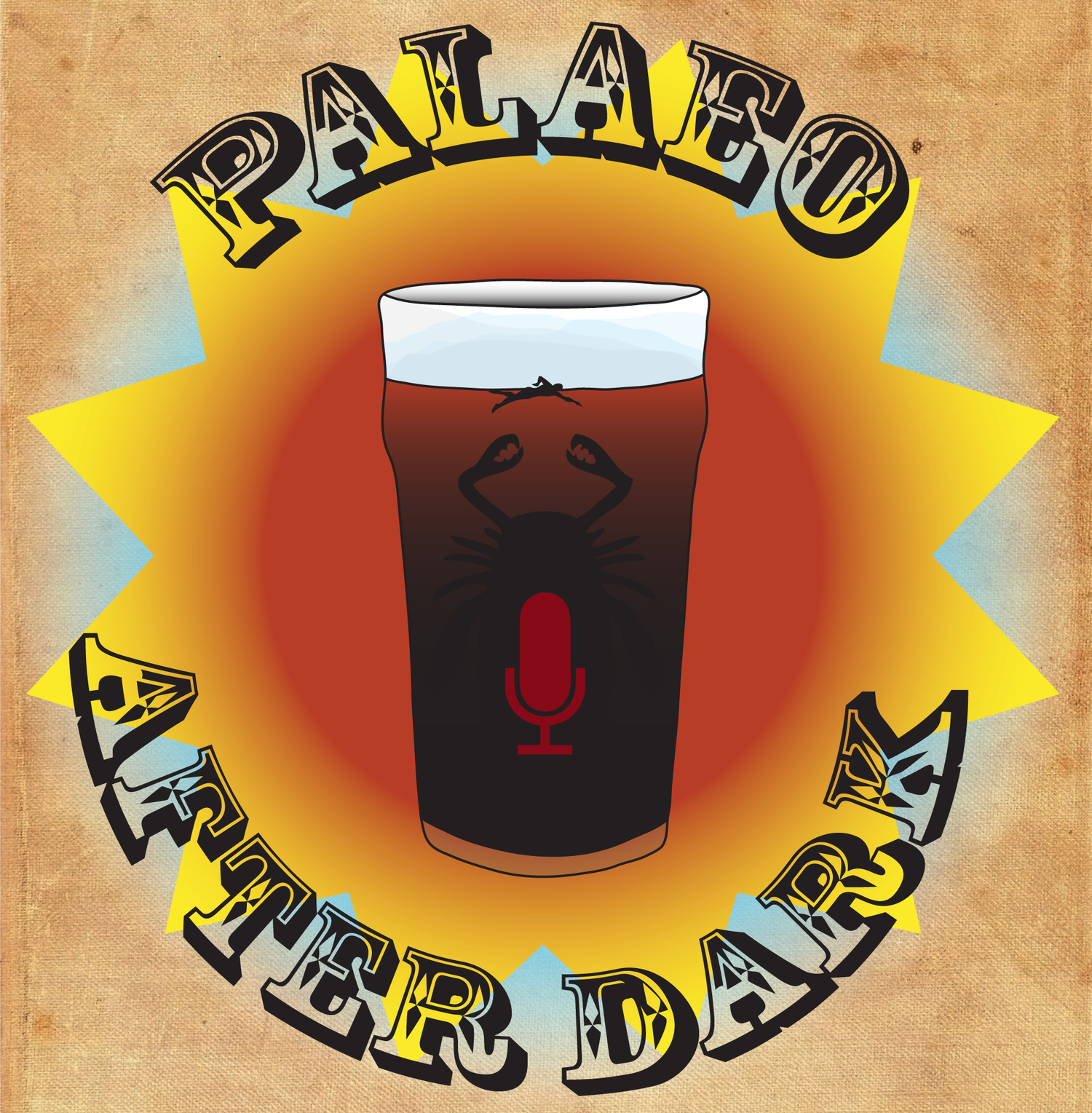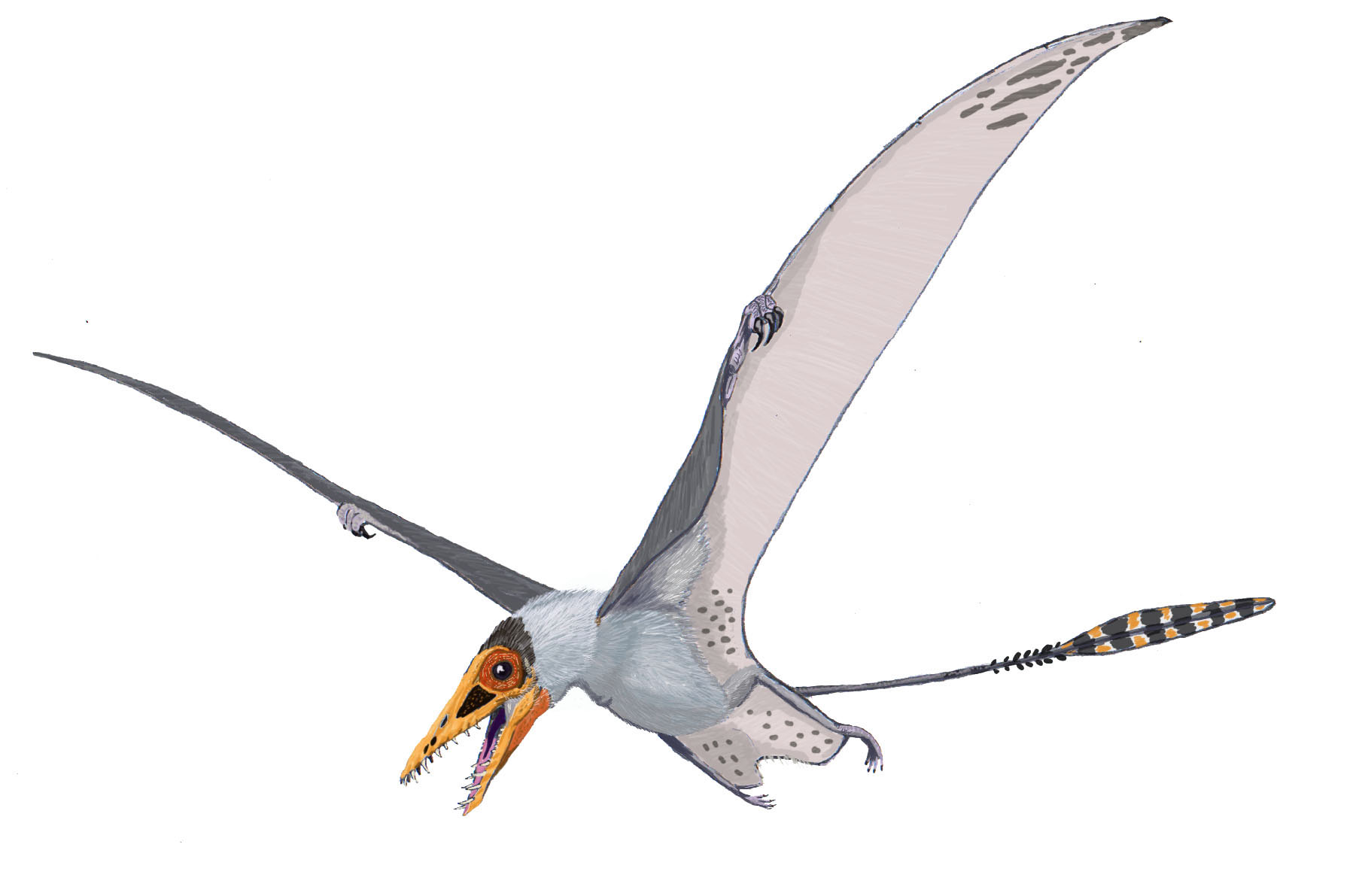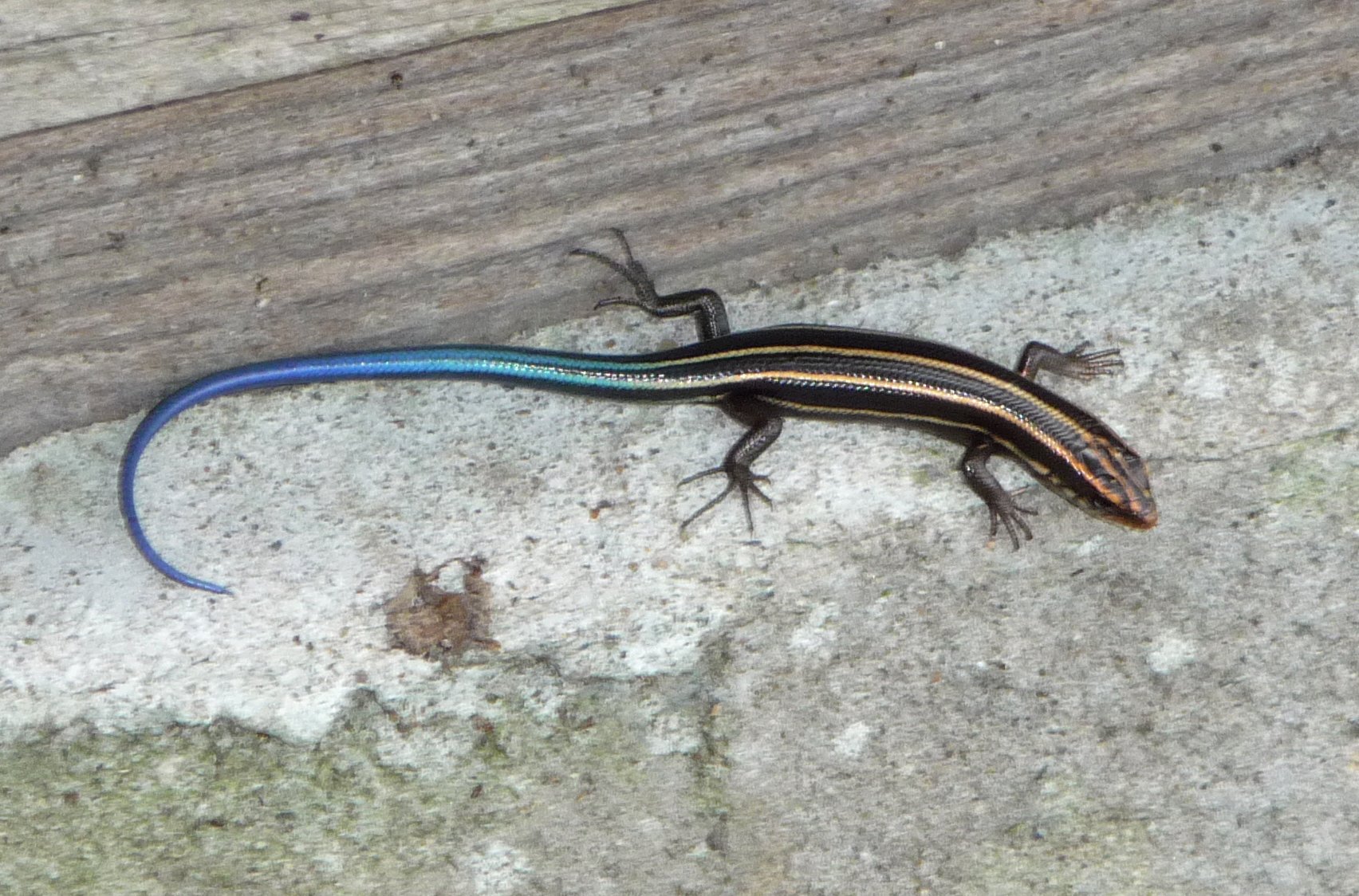Podcast 157 - A Sticky Situation; More Talk of Vertebrates in Amber
/<EDITORS NOTE: As discussed in the very beginning of the episode, we had some serious audio issues which meant that the recording quality is not up to our usual quality. We apologize for the degraded audio quality in this episode, but future episodes should not have this issue.>
The gang discusses two papers about the interesting vertebrate remains in Myanmar amber, including a neonate snake and an Enantiornithean bird, and discuss the ecological and evolutionary implications of these fossils. Meanwhile, Curt starts a terrible “theory”, James measures his hands, and Amanda might be responsible for some collusion.
Up-Goer Five (Curt Edition):
Our friends talk about very thick stuff that sticks together and comes off of trees and often living things end up inside of it and dying. Most of the time, old tree stuff just has small animals who have their hard parts on the outside. This very old tree stuff is very is not like a lot of other old tree stuff because it also has a lot of big animals in it who have hard parts on the inside. Our friends talk about the animals that ended up inside this old tree stuff. One of the animals in the old tree stuff is a baby long animal without legs. This baby long animal with no legs gives us a look at a type of animal we often do not get to see in old rocks and lets us know that some of these old long animals without legs may have lived in trees. The other parts that ended up in this old tree stuff were from an animal who could fly. One of these animals who could fly ended up in the tree stuff, and all we have left are a foot and part of the arm like thing they use to fly. This animal that can fly shows is very different from the animals that can fly today that are brothers and sisters to it. The foot has things coming off of it that are weird. In both of these papers, we can see how this old tree stuff gives us very important facts about how animals that used to be in the world a long long time ago.
References:
Xing, Lida, et al. "A mid-Cretaceous embryonic-to-neonate snake in amber from Myanmar." Science advances 4.7 (2018): eaat5042.
Xing, Lida, et al. "A fully feathered enantiornithine foot and wing fragment preserved in mid-Cretaceous Burmese amber." Scientific reports 9.1 (2019): 927.
"Hep Cats" Kevin MacLeod (incompetech.com)
Licensed by Creative Commons: By Attribution 3.0
http://creativecommons.org/licenses/by/3.0/

















